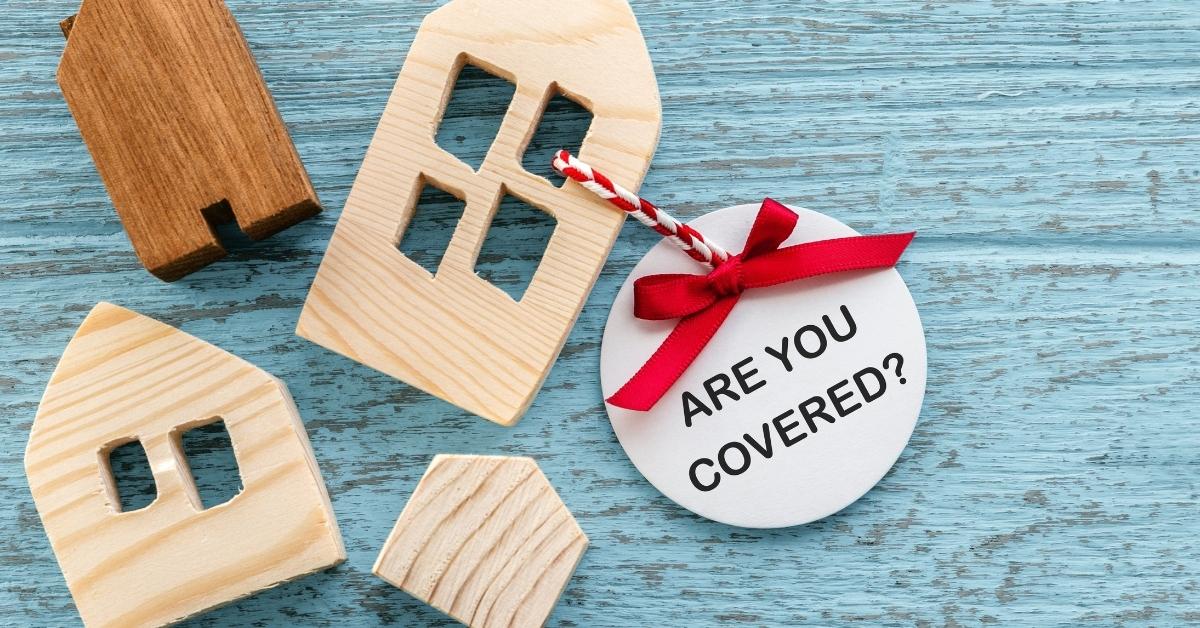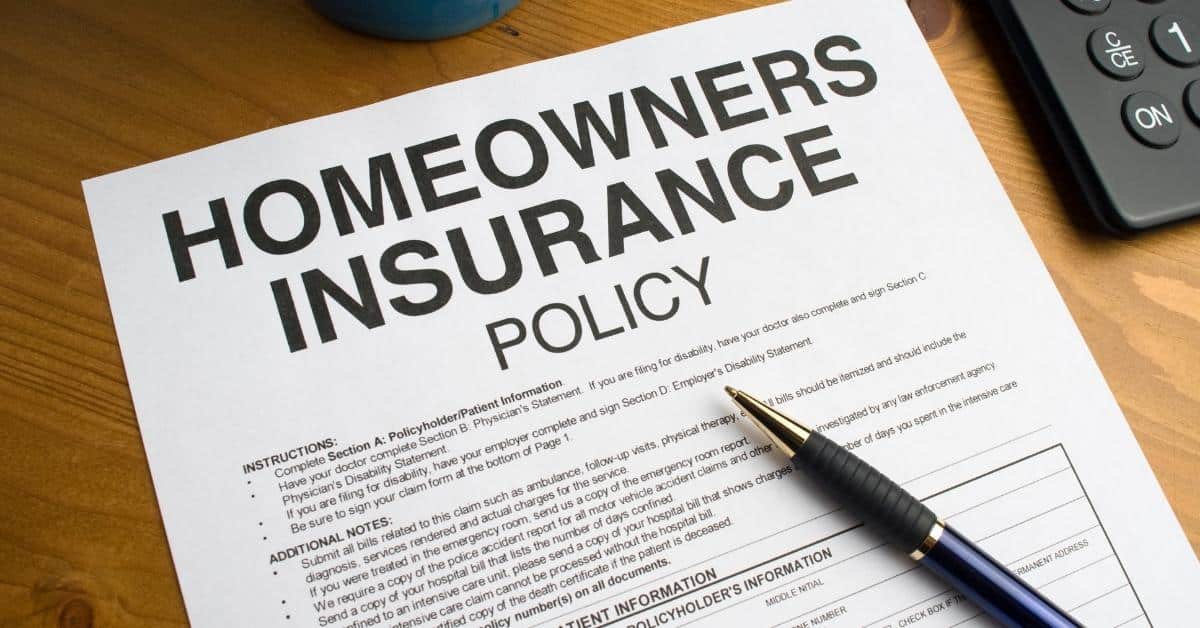
A recoverable depreciation home insurance policy claim can be worth thousands more than an actual cost value payout. However, many homeowners do not even know what type of policy covers their home.
To learn more about the differences, how to make a recoverable depreciation claim, and how to add this coverage to your policy, keep reading.
Recoverable depreciation is the difference between the actual cost value and the total value you paid for an item. When your home and the contents are new, the difference may not be substantial.

However, each year the items your policy covers age and depreciate. The older each item is, the less it is worth.
With recoverable depreciation coverage, you are able to make a claim for the actual cost value and depreciation. So, your total claim is close to or equal to the original value.
Home insurance covers the structure of your home, the home systems, major appliances, and the contents if you suffer a loss from theft, vandalism, fire, and most natural disasters. In some areas, you may need additional coverage for certain losses like earthquakes or floods.

When you insure a rental property, your home policy covers the structure, built-in systems, and some appliances. The tenant's contents are only covered by the insurance if the renter buys their own renter's policy.
Recoverable depreciation claims are just one type. The types you can claim depend on your policy.
Actual cash value (ACV) is what a basic home insurance policy covers. These claims only pay the actual value of the covered item at the time you make the claim.
So, if your fence sustains damage in a storm, a basic policy will cover the value of the fence minus depreciation. The insurance company calculates covered items at different rates.
Assume your insurance company depreciates your fence over 20 years and your fence is 10 years old. If the original cost was $10,000, the actual cost value would be $5,000.
Replacement cost value claims pay the difference between the actual value and the cost to replace covered items. Replacement cost value coverage pays the highest claim amount because even if you paid $6,000 for a roof 20 years ago you can make a claim for the total price for replacing it today.
Instead of depreciating the items you already have or paying you the total cost at the time you bought the covered items, you can replace them for today’s value. However, you have to actually replace the items.
If you replace a damaged item with one that is less expensive, your insurance will only pay the replacement cost, though. So, if you have high-end appliances that sustain damage from a lightning strike and it costs you $1,000 less than you originally paid to replace them, the insurance will pay you $1,000 less than the cost of the damaged appliances.
You have to submit receipts for each item you replace to prove to the insurance company how much you paid.
Calculating the annual recoverable depreciation is similar to calculating depreciation for capital expenditure deductions.

First, you need to know the original cost of the item. If you do not have a receipt the insurance company will look up the item and provide you with the approximate value at the time you purchased it.
You then divide the purchase price by the number of years the item is useful to get the yearly depreciation. So, if the original price of a washing machine you purchased five years ago is $1,000 and the useful life of the appliance is 10 years, the yearly depre
If you have recoverable depreciation coverage, you have to submit two separate claims. One for the actual cash value and another for the recoverable depreciation.

You first need to submit a claim for the actual cash value. The claim should include photos of the items in good condition and after the loss occurs. You should also include receipts for each item.
You have to purchase replacement items in order to submit a recoverable depreciation claim. If the repair or replacement is less than the original cost, you will only get the difference between the ACV and the replacement cost.
After you purchase new belongings or the repairs are complete, you have to submit your claim for the recoverable depreciation. It should include:
Adding depreciation coverage or replacement value protection to your homeowner's insurance policy is an excellent way to ensure you have enough money after a loss to repair your home or replace expensive components.
When it comes to home insurance, it is more critical that you have recoverable depreciation or replacement cost value coverage as your home ages. As your house and covered contents depreciate, your policy pays out less. Rebuilding your home after a catastrophic loss may not be possible if you only receive the actual cash value.
You can also opt for a replacement cost value policy which will repair or replace covered items at the current market value. No matter what coverage you select, you should read through your homeowner's insurance policy.
It isn’t the most exciting information. However, knowing how your coverage works, what the policy covers, and how to submit claims will help ensure that you are not missing crucial coverage or money you could receive after a loss.
We encourage you to share this article on Twitter and Facebook. Just click those two links - you'll see why.
It's important to share the news to spread the truth. Most people won't.